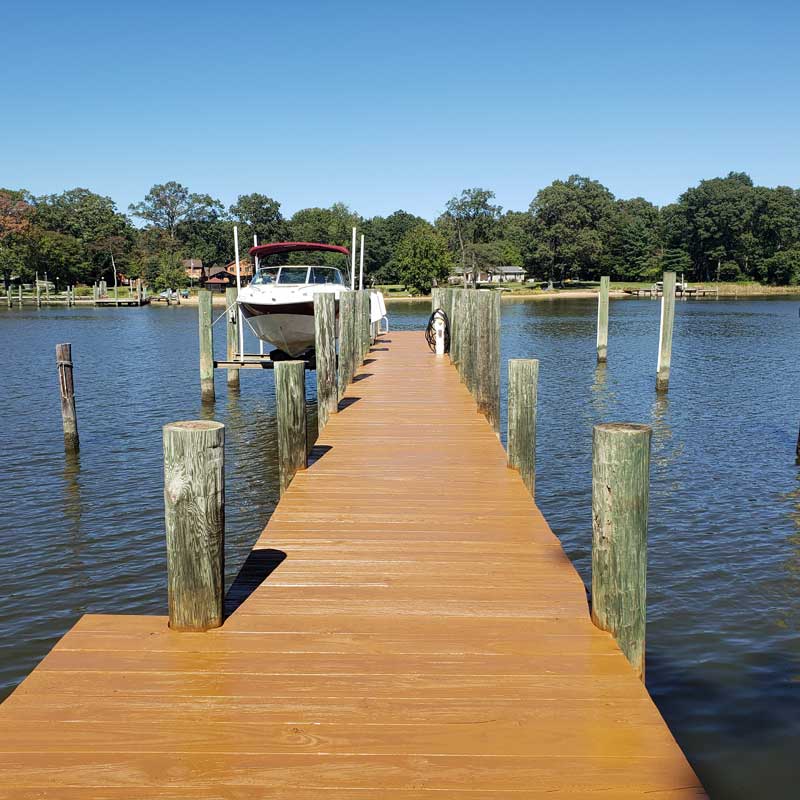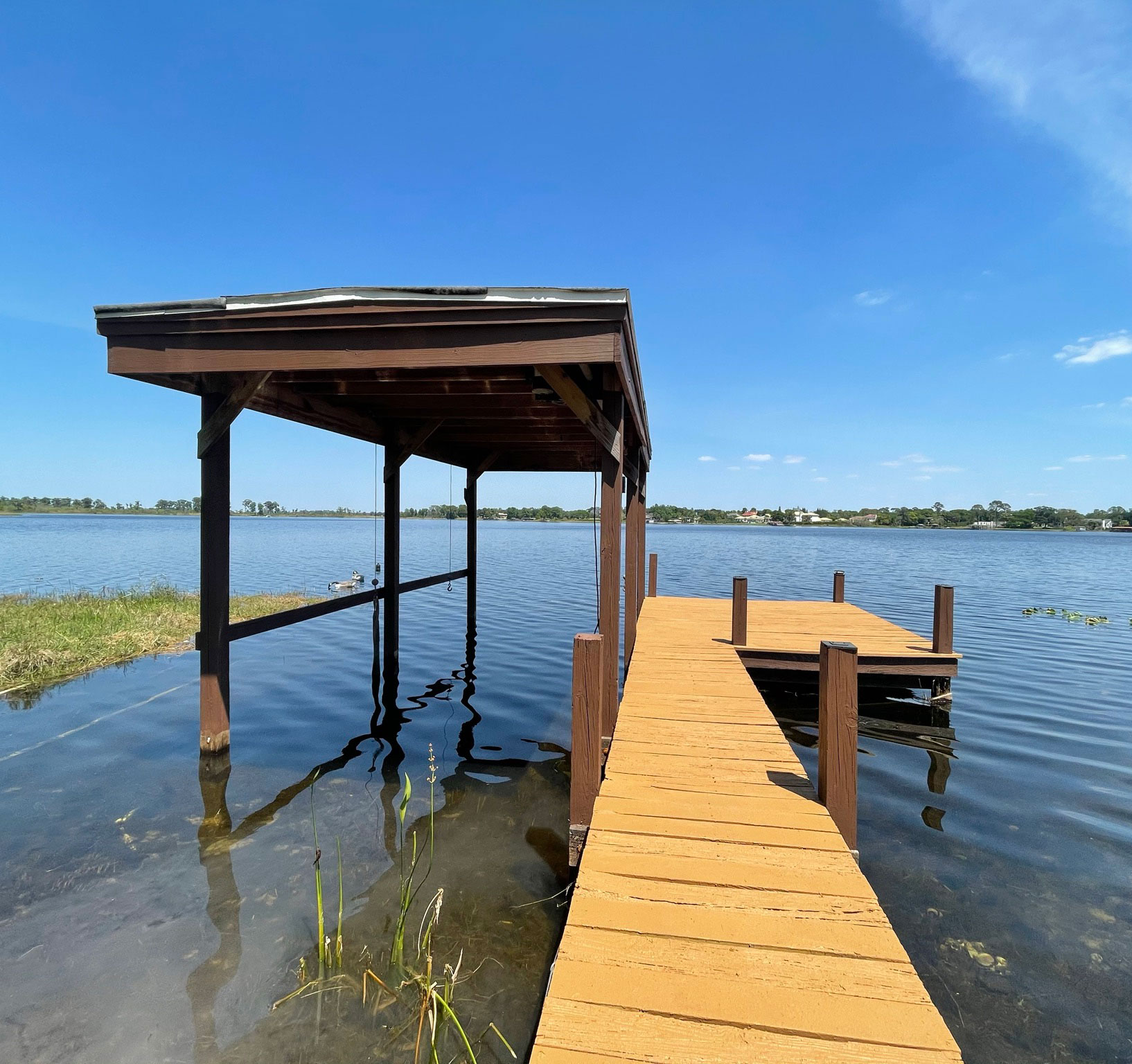Why Normal Maintenance Can Decrease Future Dock Repairs
Why Normal Maintenance Can Decrease Future Dock Repairs
Blog Article
How to Address Common Dock Repair Work Issues for Safe Water Activities

Identifying Common Dock Issues
Determining typical dock problems is vital for preserving the performance and safety of your waterside home. Normal evaluations can aid reveal problems prior to they end up being severe, making certain both the longevity of the dock and the safety and security of those who use it.
An additional typical trouble is the deterioration of flotation gadgets. These tools are necessary for maintaining the dock resilient, and any damages or leaks can trigger the dock to list or sink. Regularly checking for leaks or waterlogged floats can preempt much more significant problems.
Furthermore, algae and barnacle build-up on the dock's surface area can create harmful and unsafe problems. This biofouling not only postures a danger to customers but can additionally speed up the deterioration of the dock materials.
Last but not least, checking for indications of corrosion on steel components is essential. Corrosion can compromise the honesty of the dock's structure, making it harmful. By regularly identifying these usual dock problems, you can make certain that your dock continues to be protected and functional for many years to come.
Fixing Rotting Timber
When addressing the concern of decomposing timber on your dock, it is crucial to act quickly to avoid more wear and tear. Begin by extensively checking the entire structure to identify all impacted areas. Use a screwdriver to probe the timber; if it sinks in easily, the timber is likely decayed and requires instant attention.
Once identified, remove the rotted sections utilizing a saw or chisel. Make sure to cut back to healthy, solid timber, guaranteeing you remove all jeopardized material. After elimination, treat the remaining timber with a wood chemical to stop future rot. This therapy will certainly help safeguard versus moisture, which is the main reason of timber degeneration.
Following, change the eliminated areas with marine-grade lumber or pressure-treated timber, which are more immune to water damage. Secure the brand-new items with galvanized or stainless-steel bolts to stop rust. Additionally, applying a water resistant sealer to the new wood can offer an added layer of defense.
Safeguarding Loosened Boards
Just how do you guarantee your dock continues to be functional and safe for all its individuals? One crucial facet is protecting loose boards, which can otherwise pose substantial risks. Loose boards not just boost the threat of stumbling yet can also compromise the architectural stability of the whole dock.

For reinstallation, utilize galvanized or stainless steel screws, as these materials offer remarkable resistance to corrosion in marine atmospheres. Guarantee the screws are long sufficient to pass through deep into the underlying support structure, but not so long that they extend through the dock's surface. Pre-drilling pilot openings can aid prevent the wood from splitting.
Last check here but not least, keep a regular assessment schedule to determine and attend to any brand-new problems quickly. By securing loose boards effectively, you add to the overall safety and security and durability of your dock, making it a reputable platform for water activities.
Stabilizing Unstable Pilings
Guaranteeing the stability of unsteady pilings is extremely important to preserving a safe and functional dock. Unstable pilings can endanger the entire structure, posing substantial risks to customers and potentially leading to costly repair work. The primary step in supporting these important parts is an extensive assessment. Examine the pilings for indications of rot, damages, or shifting. Utilize a level to inspect for vertical alignment and ensure they are driven deep enough into the substratum to supply ample assistance.
If the pilings are found to be unsteady, one effective technique for reinforcement is using extra supporting. Cross-bracing with treated lumber or galvanized metal can considerably enhance security. Support the dental braces safely to both the pilings and the dock structure to distribute loads evenly.

Normal maintenance and regular reassessment of the pilings' security are critical to making sure lasting dock security and functionality.
Replacing Rusty Hardware
Dealing with unsteady pilings is just one facet of maintaining a dock's stability; another important issue is replacing rusty equipment. Gradually, direct exposure to moisture and salt can bring about the oxidation and rust of brackets, screws, and bolts, jeopardizing the entire framework's security. Normal assessment for rust is important, specifically after serious weather condition or seasonal modifications.
When rusty hardware is recognized, prompt action is needed. Begin by picking marine-grade stainless-steel or galvanized equipment, both made to stand up to the harsh aquatic environment. Make certain that you have the appropriate devices, such as screwdrivers and wrenches, to securely remove the old, corroded pieces without triggering further damage to the dock.
After removing the rusty equipment, completely clean the influenced locations to eliminate any type of recurring rust or debris. Use a rust-inhibiting guide to revealed metal surface areas prior to mounting the brand-new hardware. Tighten all fixtures firmly to stop future helping to loosen, and occasionally inspect the fittings to make sure ongoing security.
Changing corroded equipment not only prolongs the dock's lifespan however additionally significantly enhances the safety of water activities. By proactively taking care of deterioration, you protect both the structure and its customers, guaranteeing a secure and satisfying waterside experience.
Verdict
Regular inspections and upkeep are necessary to deal with typical dock repair service issues and make sure safe water activities. Such proactive procedures add to the Continued total safety and functionality of dock structures, cultivating a protected atmosphere for water-based tasks.
Guaranteeing the safety and security of water tasks hinges dramatically on the proper upkeep and repair service of docks (Dock Repairs). These devices are crucial for maintaining the dock resilient, and any damage or punctures can create the dock to listing or sink. By routinely identifying these common dock concerns, you can ensure that your dock remains practical and secure for years to come
Ensuring the security of unstable pilings is critical to preserving a useful and risk-free dock.Regular inspections and upkeep are essential to resolve common dock repair work concerns and ensure risk-free water activities.
Report this page